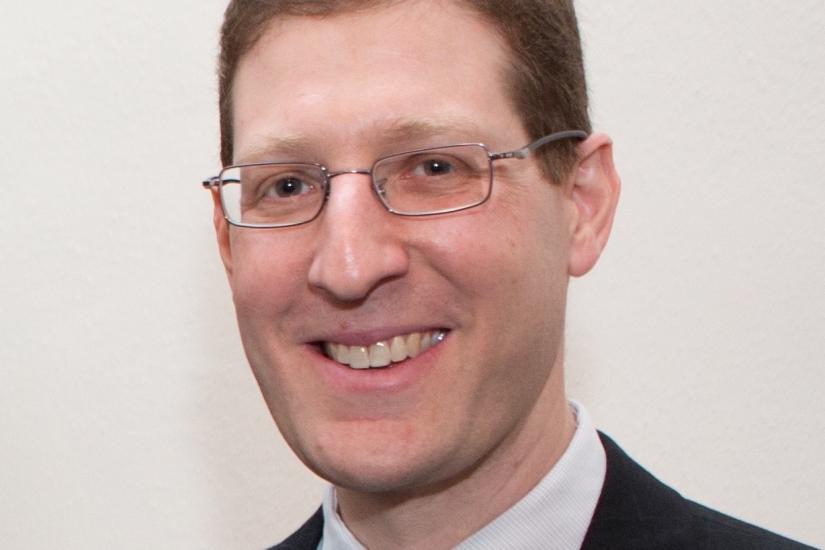
As part of the
CEU Summer University Holocaust Testimonies and Their Afterlives Public Lecture Series (July 10 –17, 2023 2023)
Avinoam Patt (University of Connecticut)
Reports of Revolt: Early Testimonies on the Warsaw Ghetto Uprising
July 11, 6 pm Quantum Room (N15/101)
Avinoam J. Patt, Ph.D. is the Doris and Simon Konover Chair of Judaic Studies and Director of the Center for Judaic Studies and Contemporary Jewish Life at the University of Connecticut. He is the author of Finding Home and Homeland: Jewish Youth and Zionism in the Aftermath of the Holocaust (Wayne State University Press, May 2009); co-editor (with Michael Berkowitz) of a collected volume on Jewish Displaced Persons, titled We are Here: New Approaches to the Study of Jewish Displaced Persons in Postwar Germany (Wayne State University Press, 2010); and is a contributor to several projects at the USHMM including Jewish Responses to Persecution, 1938- 1940 (USHMM/Alta Mira Press, September 2011). He recently completed a new book on the early postwar memory of the Warsaw Ghetto Uprising (The Jewish Heroes of Warsaw: The Afterlife of the Revolt, published by Wayne State UP in May 2021).
Abstract
In the days and weeks after the Warsaw Ghetto Uprising, news of the revolt captivated the Jewish world. In the earliest reports to emerge after the revolt in April-May 1943, surviving ghetto fighters doubted whether a “master of pen, brush or sound...could represent in full the Great Event.” Nonetheless, before details of the revolt became known, the process of mythologizing and fictionalizing the heroism of the uprising enabled diverse audiences to imagine themselves in the same situation. This lecture is based on Avinoam Patt’s recently published book, The Jewish Heroes of Warsaw: The Afterlife of the Revolt, which analyzes the ways in which collective memory of the revolt was shaped during and after the war through the dynamic interplay of reports and testimonies emerging from the ghetto and existing political and religious frameworks that influenced interpretations of the significance of the event immediately after it transpired.